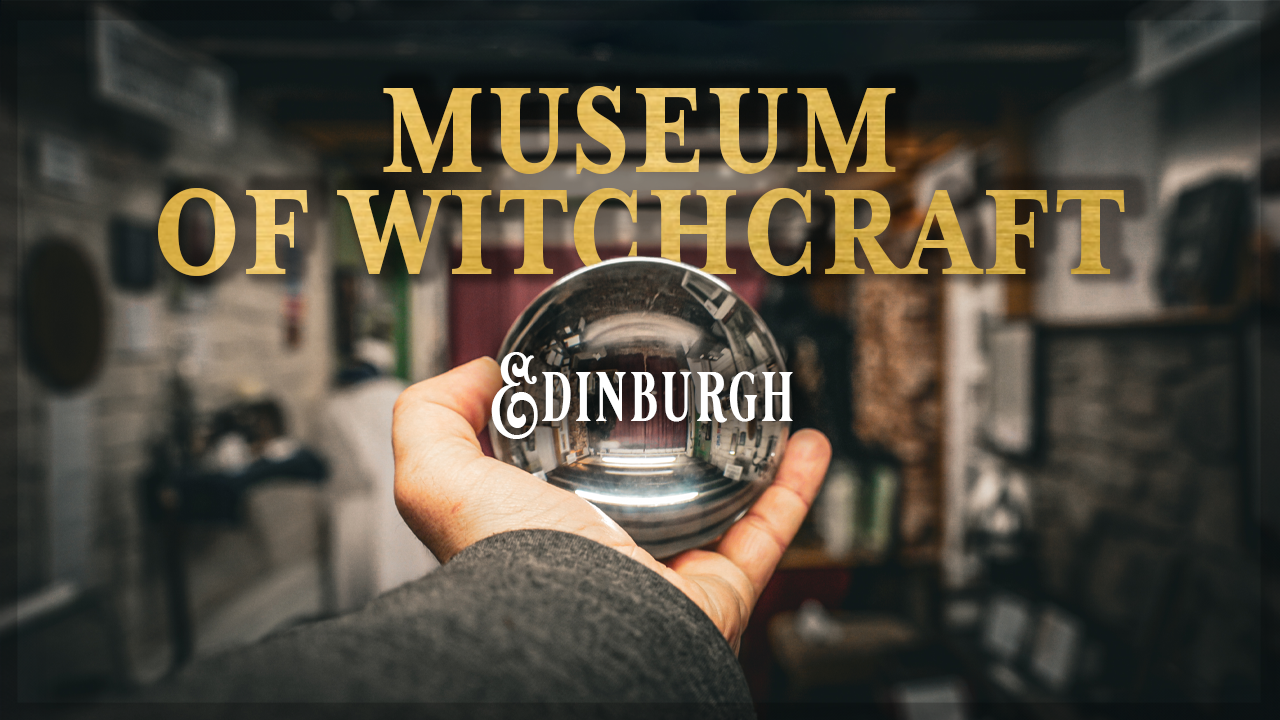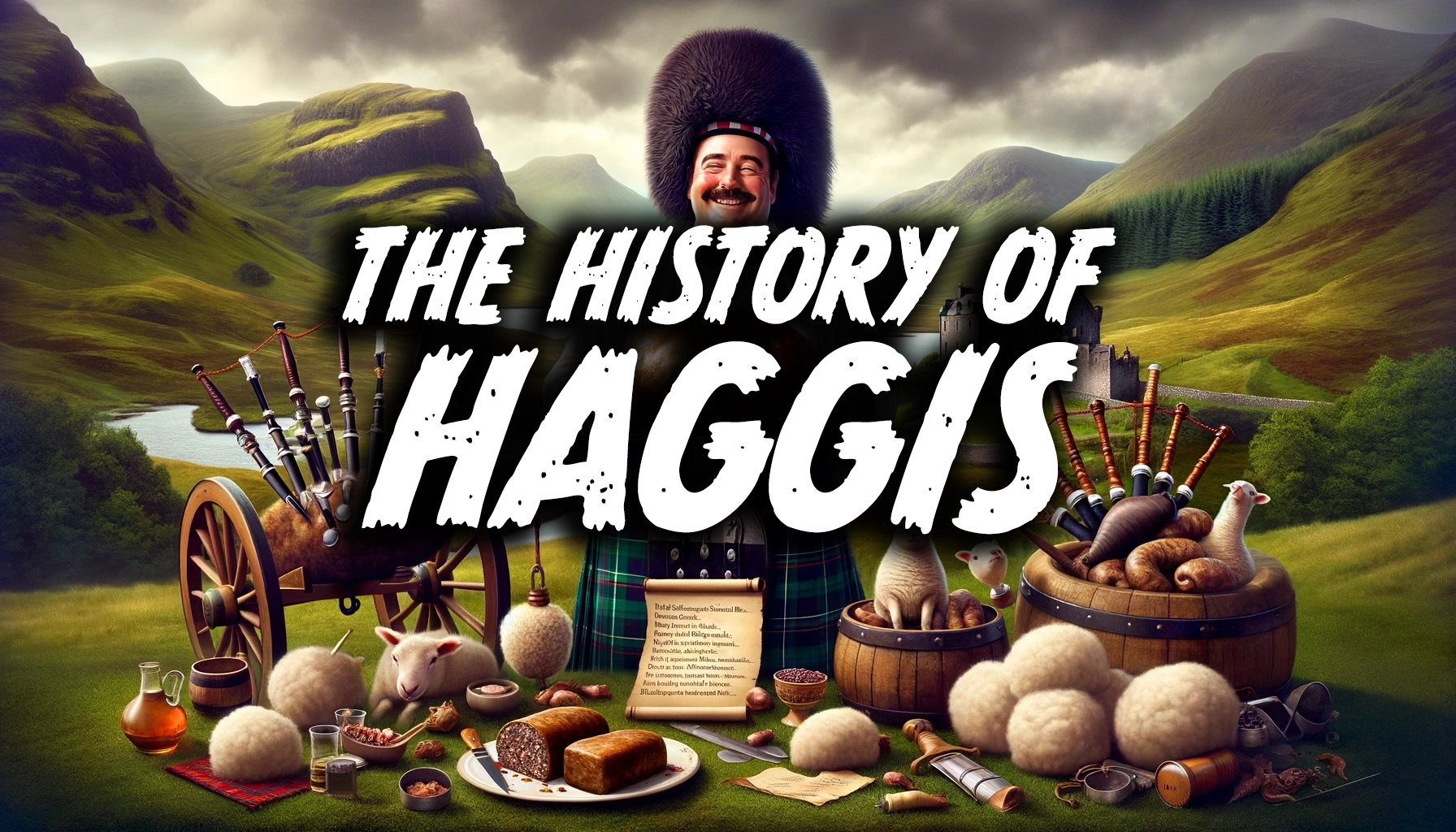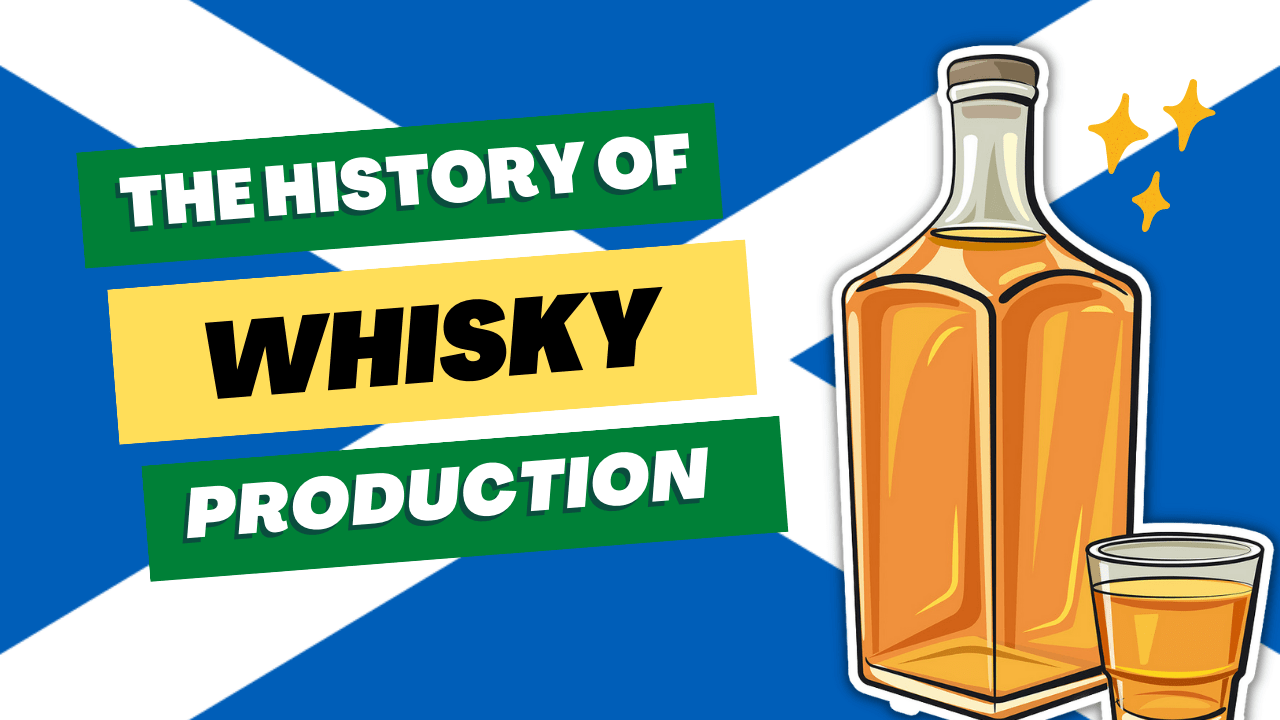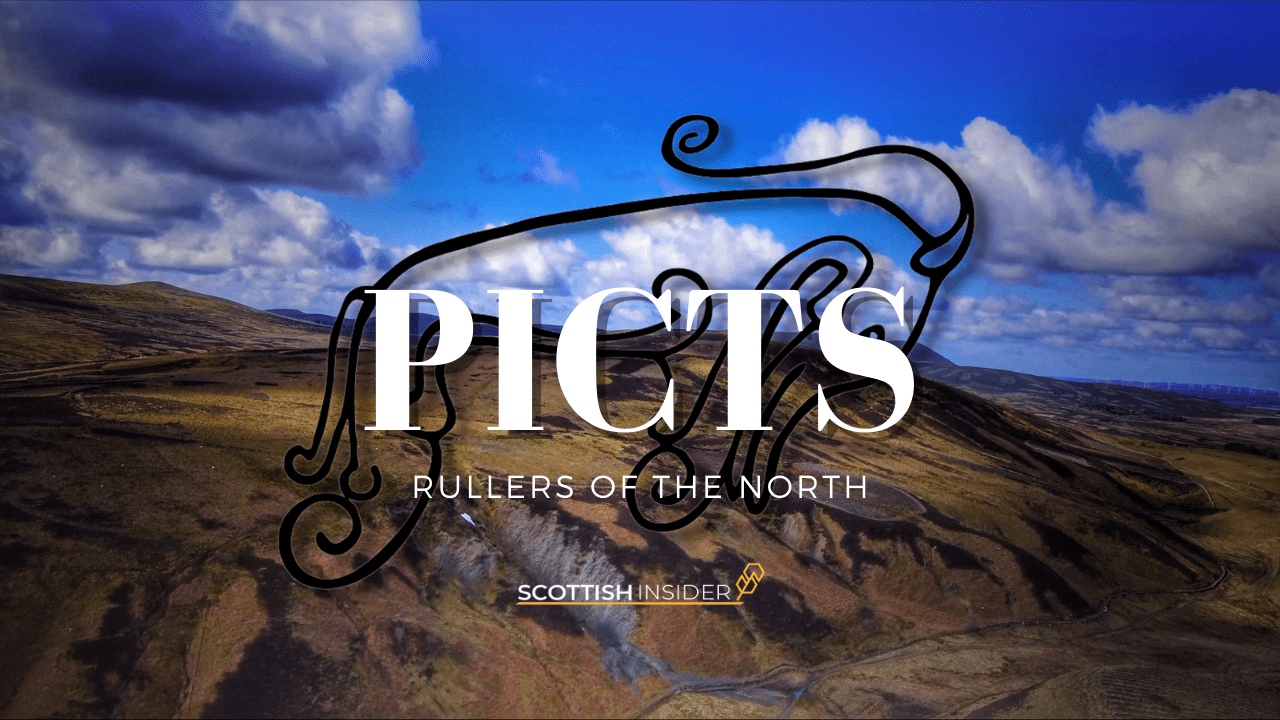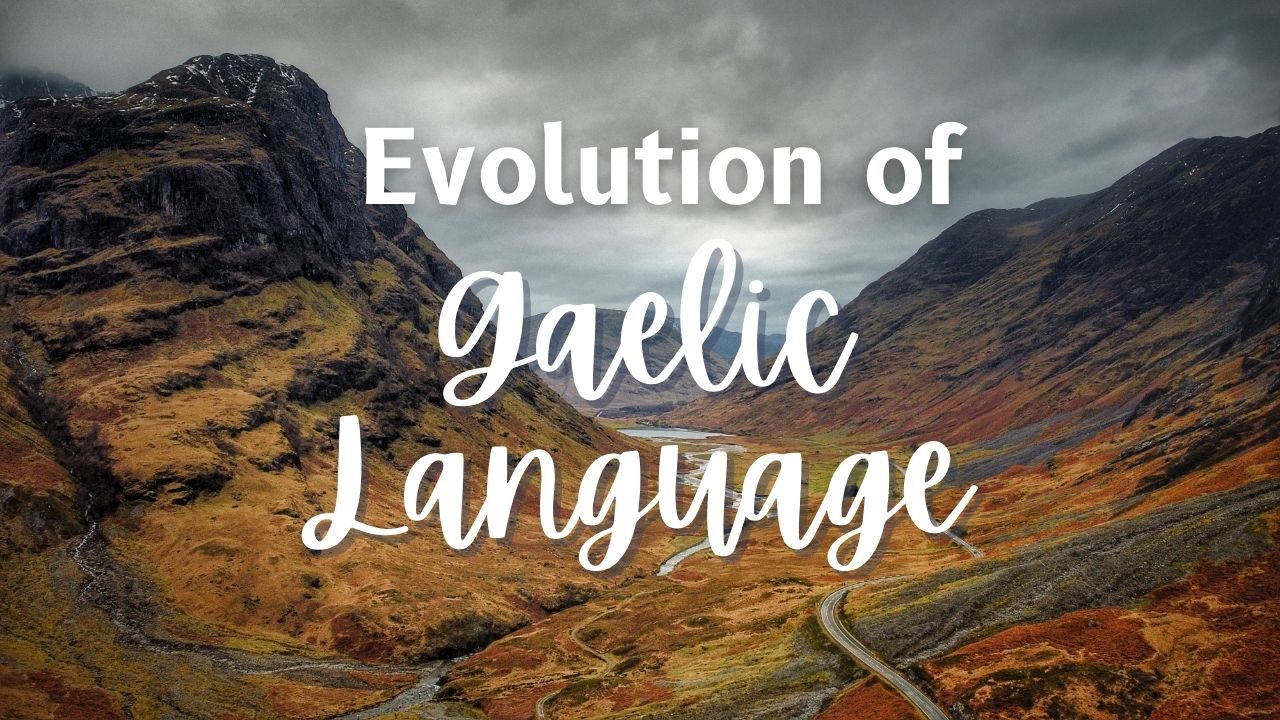Scotland is a land steeped in tradition and history, and nowhere is this more evident than in the production of whisky. For centuries, the art of distilling has been a cornerstone of Scottish culture, and the country is now home to some of the finest and most celebrated whiskies in the world.
 But where did this passion for whisky-making come from, and how has it evolved over the years? Let’s take a closer look at the rich history of whisky production in Scotland.
But where did this passion for whisky-making come from, and how has it evolved over the years? Let’s take a closer look at the rich history of whisky production in Scotland.
The origins of whisky production in Scotland can be traced back to the early Middle Ages, when Celtic monks first began experimenting with the distillation of spirits. These early whisky-makers used a variety of grains, including barley, wheat, and oats, and the resulting liquid was often flavored with herbs and spices.
Over the centuries, whisky-making techniques continued to evolve, and by the 15th century, the production of whisky had become a well-established industry in Scotland. Distilleries could be found throughout the country, and whisky was being exported to other parts of Europe and beyond.
One of the key developments in the history of whisky production was the introduction of the continuous still in the 18th century. This revolutionary new method of distillation allowed for the production of higher quantities of whisky in a shorter period of time, and it quickly became the standard method of production in Scotland.
I n the 19th and early 20th centuries, whisky production in Scotland reached new heights of popularity and success. The country was home to dozens of distilleries, and the reputation of Scottish whisky was known throughout the world.
n the 19th and early 20th centuries, whisky production in Scotland reached new heights of popularity and success. The country was home to dozens of distilleries, and the reputation of Scottish whisky was known throughout the world.
Today, whisky production in Scotland is still going strong, with more than 120 distilleries scattered across the country. From the rugged coastlines of the Isle of Islay to the rolling hills of the Speyside region, Scotland is home to a diverse range of whiskies, each with its own unique character and flavor.
But the history of whisky production in Scotland is about more than just the production of a fine spirit. It’s also a story of tradition, innovation, and the enduring spirit of the Scottish people.
As the popularity of whisky grew, so too did the demand for higher quality and more diverse flavors. Distillers began experimenting with different methods of production and different types of grains, and the resulting whiskies reflected the unique character of each region.
I n the Lowlands, for example, distillers tended to use a combination of barley, wheat, and corn to produce a smooth and light whisky. In the Highlands, meanwhile, distillers used a variety of different grains, including barley, oats, and even rye, to produce bolder, more complex flavors.
n the Lowlands, for example, distillers tended to use a combination of barley, wheat, and corn to produce a smooth and light whisky. In the Highlands, meanwhile, distillers used a variety of different grains, including barley, oats, and even rye, to produce bolder, more complex flavors.
The island distilleries of Scotland, such as those on Islay and Orkney, also developed their own unique styles, with whiskies that were often characterized by their smoky and peaty flavors.
As the whisky industry grew, it also became subject to stricter regulations and laws. In 1909, the Scottish Parliament passed the Scotch Whisky Act, which established strict guidelines for the production of whisky in Scotland.
 According to the Act, whisky must be made from water and barley, and it must be aged in oak barrels for at least three years. It must also be produced entirely in Scotland, and it must be made using traditional methods of production.
According to the Act, whisky must be made from water and barley, and it must be aged in oak barrels for at least three years. It must also be produced entirely in Scotland, and it must be made using traditional methods of production.
These regulations have helped to ensure the quality and consistency of Scottish whisky, and they have played a significant role in the success of the industry.
Today, whisky production in Scotland is thriving, with exports worth over £5 billion per year. From the traditional distilleries of the Highlands to the innovative craft distilleries that are popping up all over the country, Scotland is home to a rich and diverse whisky culture that is enjoyed by people all over the world.
 So the next time you raise a glass of whisky to your lips, take a moment to appreciate the rich history and cultural significance of this beloved Scottish drink. Slàinte!
So the next time you raise a glass of whisky to your lips, take a moment to appreciate the rich history and cultural significance of this beloved Scottish drink. Slàinte!
If you like our articles please follow us on Facebook:








